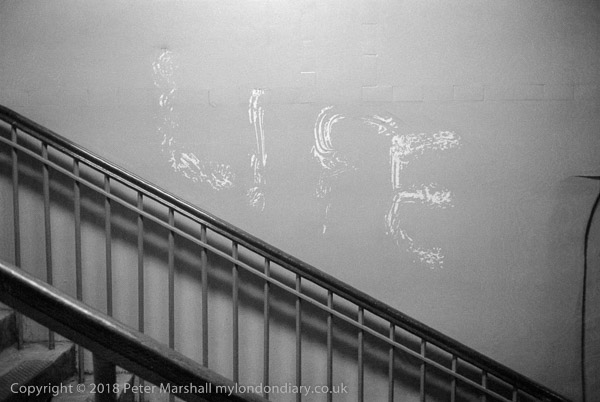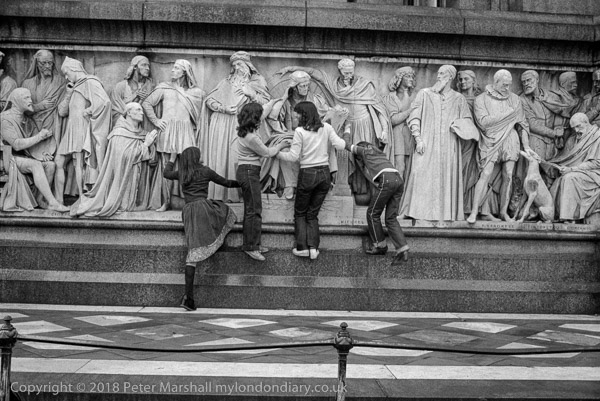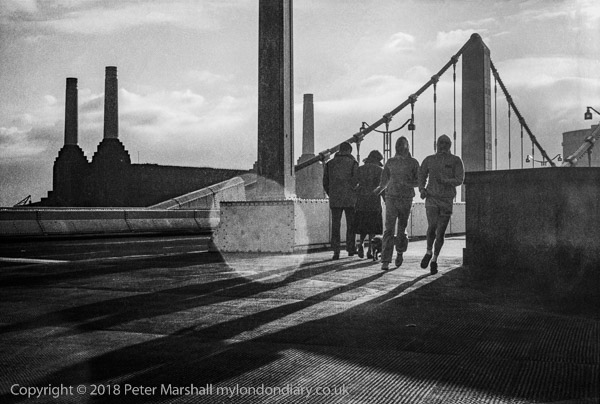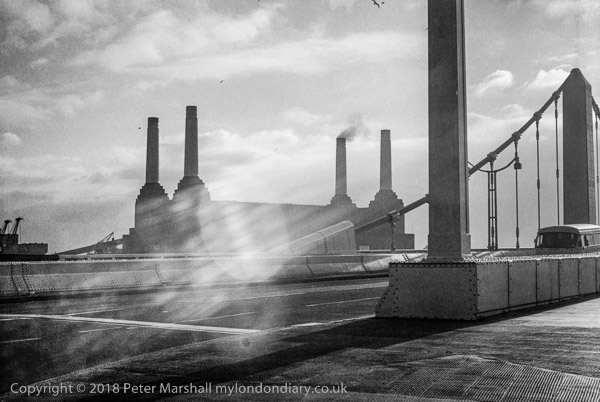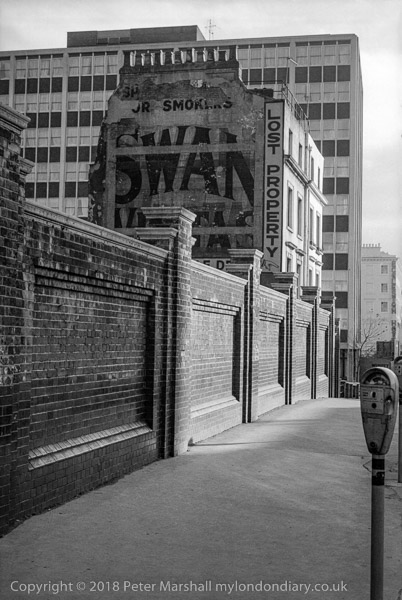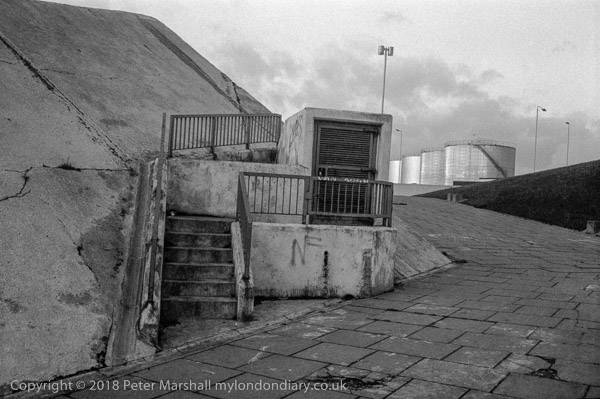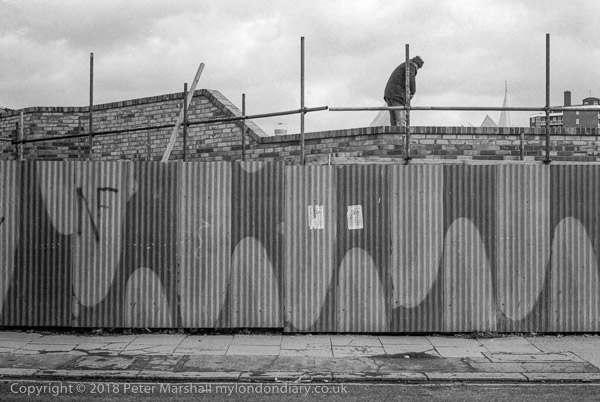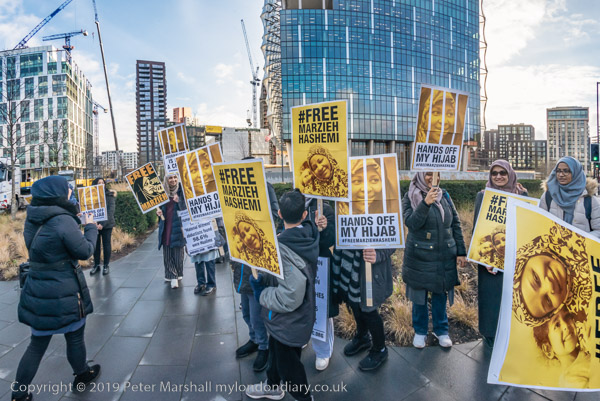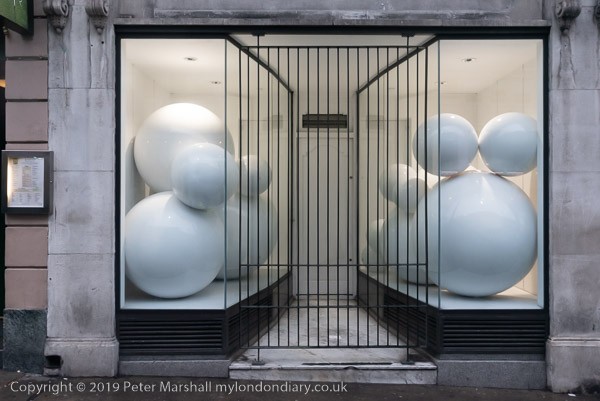I was interested to read the appreciation of the work of John Pfahl by photographer, photo critic and historian Bruno Chalifour published by A D Coleman as a guest post on his Photocritic International web site, not just for the information it gives about Pfahl who died in April, a victim of Covid-19, and his work but also for its insight into some of the political aspects of photography and photographic history.
Although I’ve been aware of the work of John Pfahl more or less since I first started my serious interest in photography in the 1970s when I think I first came across his work in the pages of one of the US magazines, probably Popular Photography, he wasn’t a photographer who particularly inspired me, perhaps because I found his work a little academic. So although I have books with his pictures in, particularly Sally Euclaire’s ‘ The New Color Photography’ (1981). I didn’t buy a copy of his Altered Landscapes also published that same year by The Friends of Photography, and have failed to acquire any of his later publications.
Chalifour talks about the “Rochester camp of photography“, to which Pfahl belonged, being in opposition to the MoMa school around its curator from 1962-91 John Szarkowski: “Szarkowski — still echoed nowadays by non-rigorous if not lazy art critics, curators, photo historians and researchers — did not consider that there was any serious color fine-art photography before the William Eggleston show he mounted there in 1976.” But Pfahl studied on the “first graduate-level program in color photography in America” gaining his MA at Syracuse University in 1968.
Of course there was serious colour photography even before that, including by a number of European photographers (who certainly didn’t count either in New York or Rochester.) But it was still true for most of us at the time that real photography was black and white, and while there were books largely for amateurs on colour photography, my own real training in the medium came from Johannes Itten‘s The Art of Color, published in 1961 based on his teaching at the Bauhaus, a copy of which I found in the 70s in my local library (many years before the cuts.)
Chalifour also mentions another Rochester linked problem, in that “Most of Pfahl’s work until the 1990s was printed on Ektacolor paper” and is thus showing signs of fading. The George Eastman Museum apparently has two sets of his major series, one for display, research and exhibition, and the other kept in the dark in cold storage. Kodak’s colour materials were notoriously fugitive, and having read the research many of us switched to Fuji in the 1980s. Some of his work was printed by the expensive but much more stable dye-transfer process. Pfahl was also an early adopter of digital printing, using the Iris/Giclée process for projects in the 1990s.
As I go through my own old slides, produced from around 1970 to 1985, I’m painfully aware of the limitations of older colour processes, with many images faded beyond repair and others requiring time-consuming restoration and much digital tidying to remove ingrained spots and mould. Fortunately images taken on Kodachrome have survived well, but Kodak’s card mounts are a problem, producing stray fibres and dust around the edges as well as masking too much of the image. I should put them in proper mounts before re-photographing them but it takes too long. Fortunately much of the pictures towards the end of this period before I switched to colour negative were made on Fuji films.
